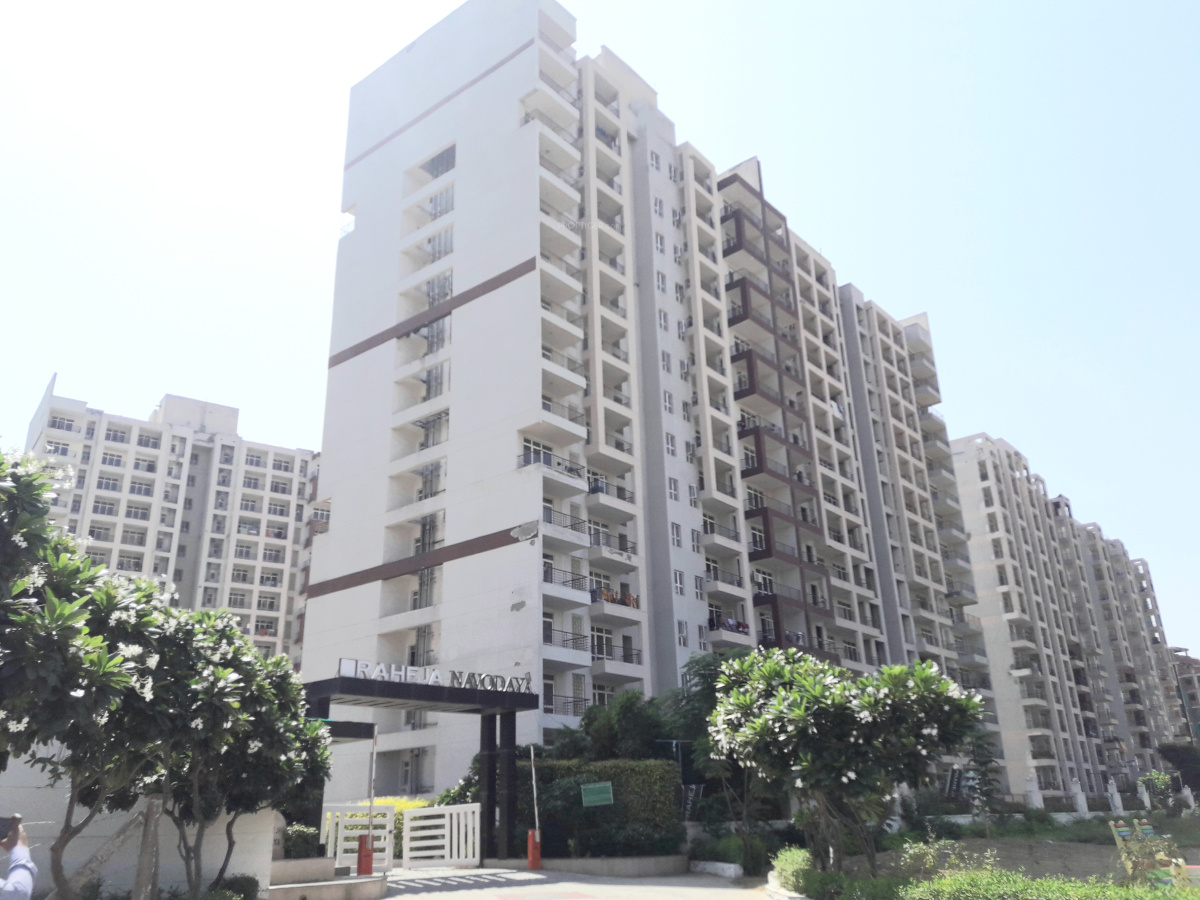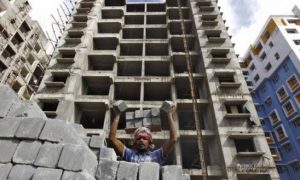Her quest for a house recently took marketing executive Taniya Sirpurkar (name changed) to Kollur on Hyderabad’s outskirts. Local developers describe it as a “growing residential pocket”. It has many under-construction projects that promise everything buyers like Taniya desire: a spacious 2BHK complete with a gym, club house, swimming pool, the works. Priced around Rs 60 lakh each, the apartments fit Taniya’s budget too.
Read More:- Best Mid Cap Funds in 3 years: Top 11 mutual funds with 35% returns
But this ‘luxury at an affordable price’ lies on barren land, at least 30-35km away from the Hi-Tec CityMadhapur belt where most of Hyderabad’s offices are situated. Although real estate agents promise Kollur will have hospitals, schools and malls “soon”, Taniya found out they are at least 5-8 years away. And she will always have to depend on her car.
So, two months on, the 40-year-old has rented a house near her office for Rs 35,000 per month. And this is the story of India’s middle class across major cities today.
Big Houses, Bigger Profits
With the pool of affordable homes shrinking rapidly, mid-segment buyers in metros like Hyderabad, Bengaluru, Pune and Chennai are pushed to the fringes. As houses in the Rs 50 lakh-60 lakh bracket are at least 30-40 km away from city centres, the middle class is left with two choices: commute for hours both ways or pay a fortune towards rent to stay in the city.
Also Read- Inflation At 15-Month Low: What Does It Mean for RBI?
This ‘Mumbai-fication’ of Indian cities, industry experts say, is due to builders’ focus on luxury properties after Covid-19. Because big homes bring in the big bucks, reputed builders are launching only mega ventures with a base price of around Rs 1. 5 crore.
According to a recent Anarock report, the share of affordable housing across the top seven Indian cities dropped to 20% during the first quarter of 2023. Of the total 1. 14 lakh units sold, affordable housing comprised approximately 23,110 units. In 2019, its share was close to 40%.
“The luxury segment was the least affected during the pandemic. Besides, the margin on affordable homes is very thin,” said Veera Babu, managing director (Hyderabad) of global realty services firm Cushman & Wakefield. He said the sharp rise in land costs in these cities (25-30% on average) is also driving budget homes farther away from the centre.
Other Costs On The Outskirts
Also Read– ED Files Case Against BBC For Foreign Exchange Violations
“With my budget of Rs 65 lakh-70 lakh, I have accepted that I will have to live away from central Bengaluru – a minimum of an hour’s drive. Anything closer than that is not less than Rs 1 crore,” said Sneha Rai, an entrepreneur who recently bookeda house in Bengaluru’s Budigere, about 32km from Koramangala. She is now debating her choice because distance is just one of the disadvantages. These areas also have social and civic challenges – roads, sanitation, schools, hospitals, delivery services, etc.
“New locations rely on tankers for water, and have smaller types of hospitals for clinics,” said Chennaibased Amit Damodar, secretary of the National Association of Realtors, India, adding affordable projects often come with limited amenities while the cost of maintenance is very high. In case of Chennai, he said, buyers eyeing a house under Rs 50 lakh (950 sq feet built-up space) are forced to travel as far as Kelambakkam, Camp Road or Perungulathur – all about 30-35km away from central Chennai.
Similarly in Pune, “affordable”areas like Wadki and Wagholi are about an hour away from the city centre, say local realtors. “Civic infrastructure in these places is certainly at a nascent stage. For example, Wagholi came under the Pune Municipal Corporation only a month ago. So, it will take the government a while to beef up infrastructure here,” said Darshan Chala, president of the Professional Realtors of Pune (PROP).
Lack of public transport is another concern. Experts say, unlike the main city that has multiple modes of transportation, the affordable locations have one or at best two modes of commuting that are often extremely expensive.
‘Government Can Help’
The solution to this disparity in the realty market, experts say, lies in revising government policies. “To begin with, it is important for the state machinery to play the role of a balancer, instead of driving up land prices and making them unaffordable for a certain class of people.
For that to happen, the government should acquire or use some of its land parcels specifically for affordable housing to bring parity in the market,” said Sumanth Reddy, managing director of the India Institute of Real Estate.
“This will attract developers who can turn a good profit while simultaneously passing on the benefits of cheap land availability to end-users and investors,” said Anuj Puri, chairman Anarock Group. He also suggested a revision in the category of affordable homes (in terms of price) that qualify for various government incentives. “The current Rs 45 lakh limit means buyers cannot look anywhere within the city limits but turn to infrastructuredeficient suburbs… The government should also increase funding for affordable housing via public-private partnerships,” he added.
Till then, Taniya and others like her will have to rent overpriced homes to reap the benefits of a ‘city’ life.





































